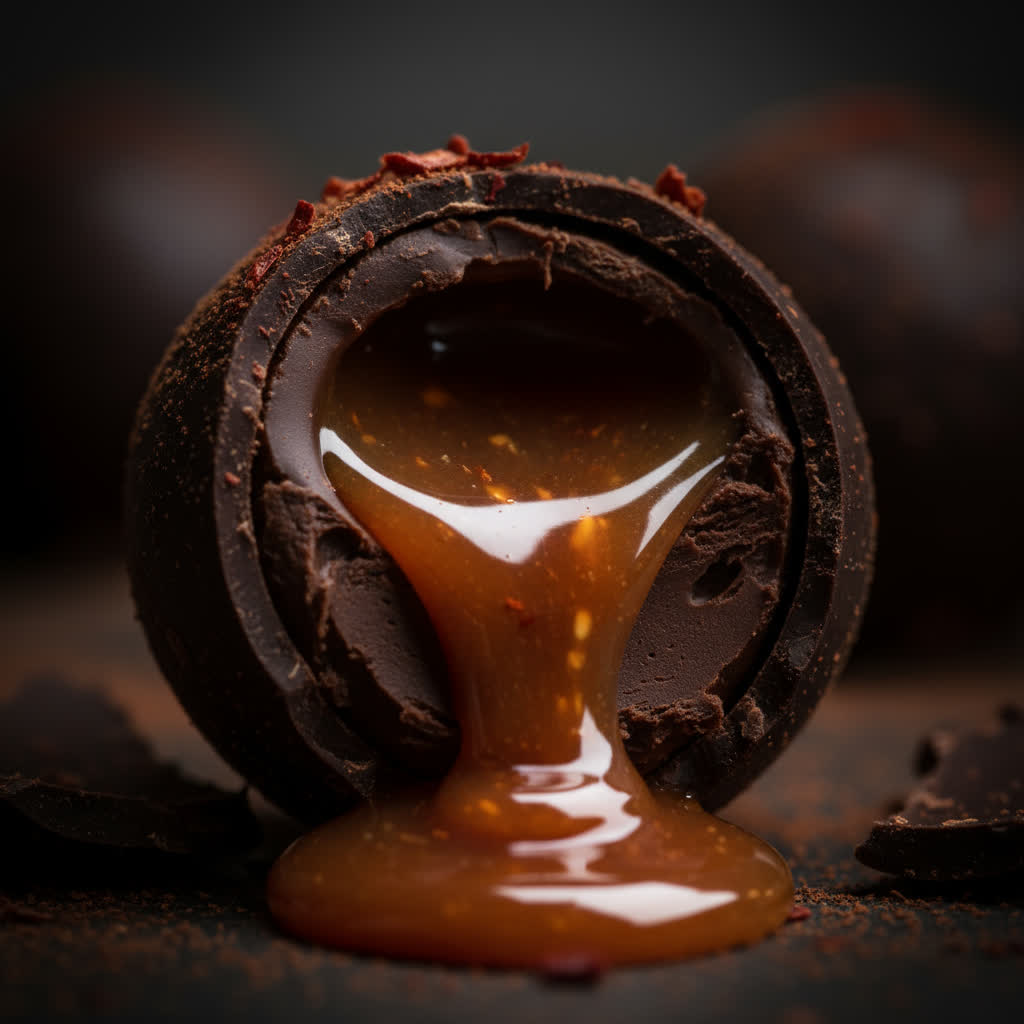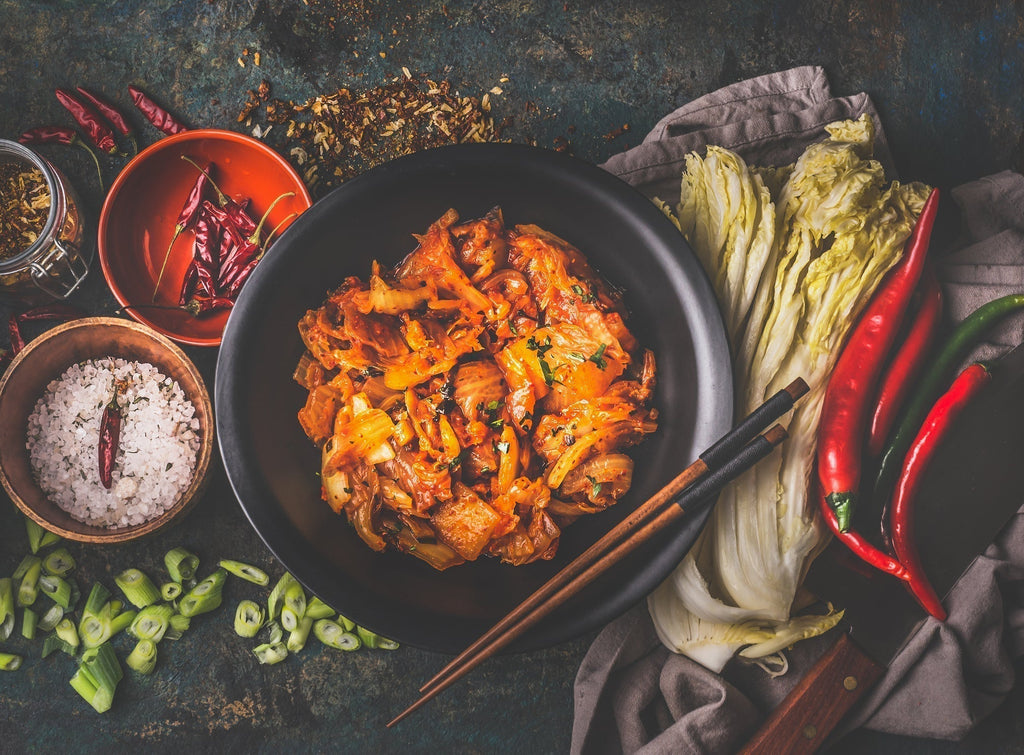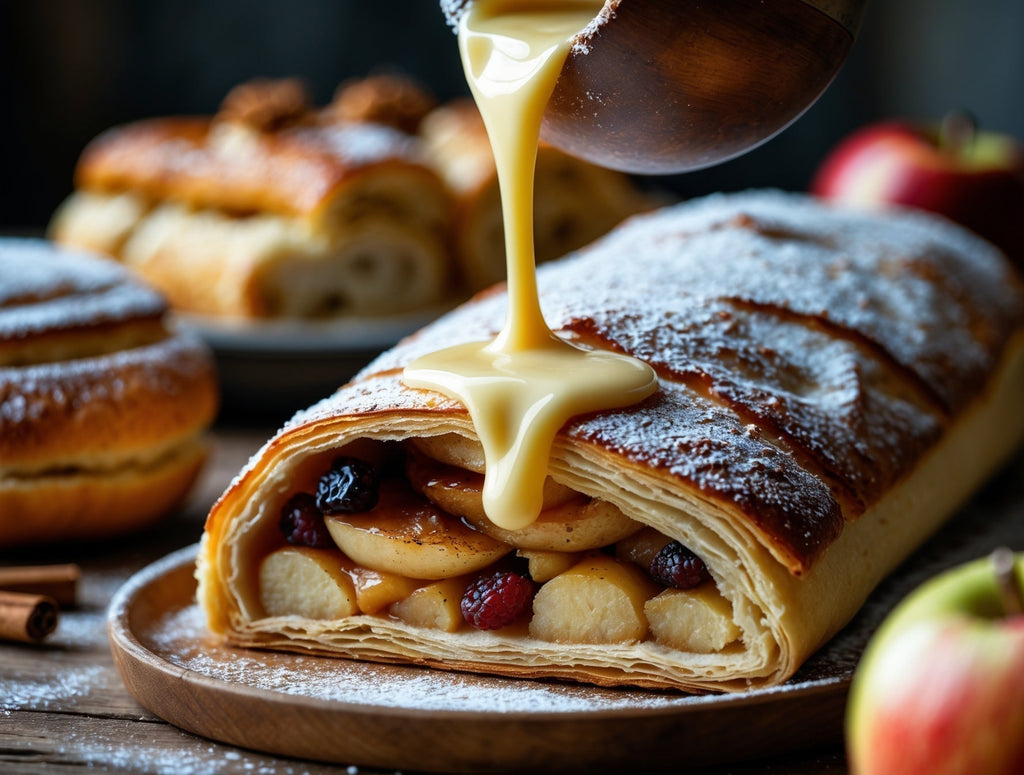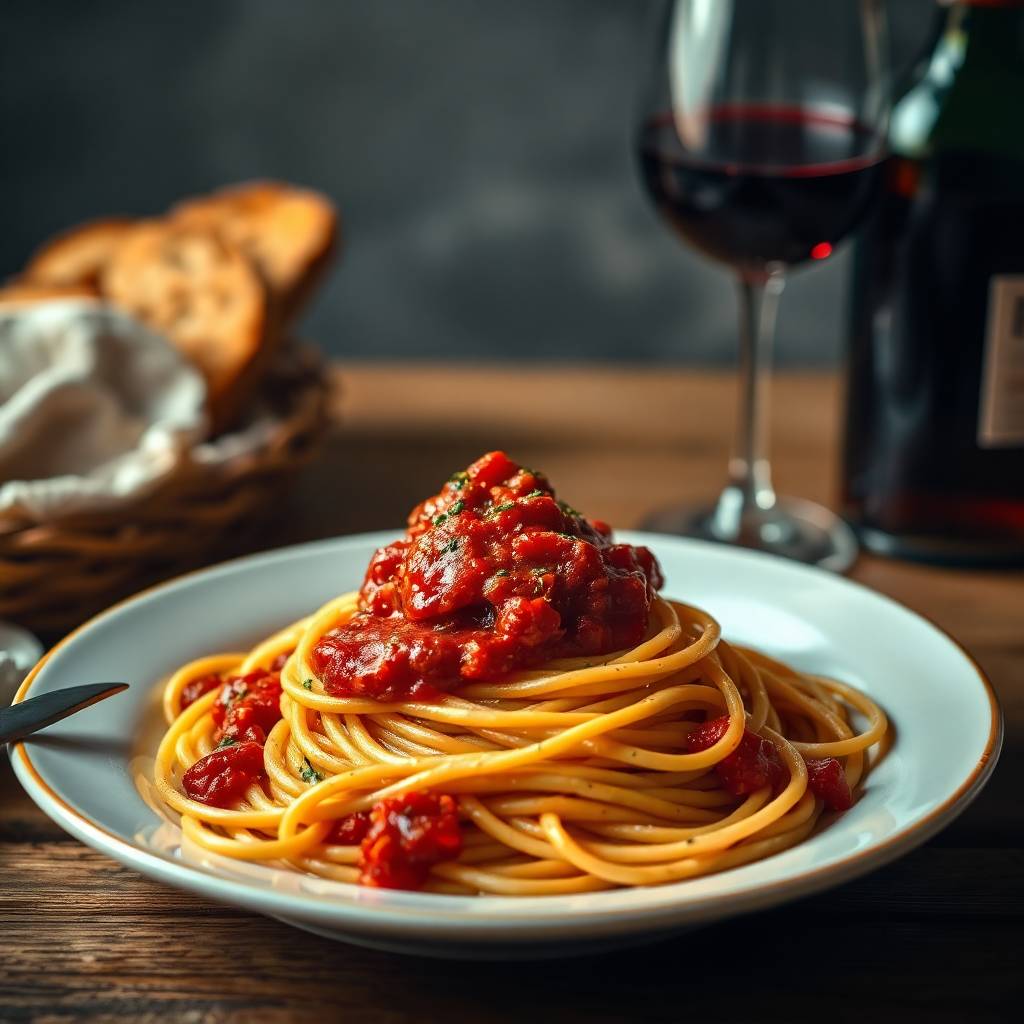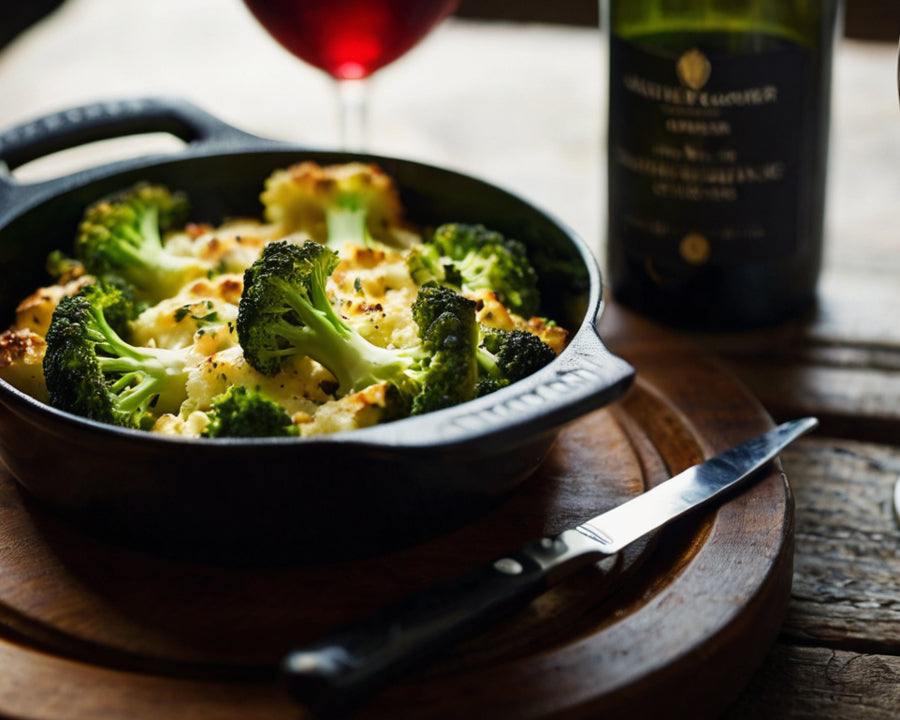Noodle Mastery: Crafting Irresistible Noodles for Your Cafe or Restaurant
- Apr 14, 2024
- 0 Comments
Noodles are a universally adored food, offering endless versatility and a comforting, familiar base for countless dishes. From the slurpy joy of ramen to the saucy goodness of Pad Thai, mastering the art of noodle cookery can elevate your cafe or restaurant menu. This guide delves into the world of delicious noodles, exploring popular varieties, essential equipment, and cooking techniques to turn you into a noodle maestro.

A World of Noodles: Exploring Popular Varieties
The beauty of noodles lies in their diversity. Here's a glimpse into some popular types to consider for your menu:
- Wheat Noodles: A global staple, wheat noodles come in various shapes and sizes. Popular options include:
- Ramen: Curvy, springy egg noodles that form the base for the iconic Japanese ramen soup.
- Udon: Thick, chewy wheat noodles ideal for hearty broths and stir-fries in Japanese cuisine.
- Soba: Buckwheat noodles with a nutty flavour, often served cold in Japanese dishes.
- Lo Mein: Egg noodles commonly used in Chinese stir-fries, featuring a delightful chew.
- Chow Mein: Similar to Lo Mein but with a crispier texture, achieved through a two-step cooking process.
- Spaghetti & Other Pastas: While not strictly Asian, these long, thin wheat noodles offer endless possibilities with Italian-inspired dishes.
- Rice Noodles: Delicate and translucent, rice noodles are a mainstay in Southeast Asian cuisine. Popular types include:
- Pad Thai Noodles: Thin, flat rice noodles that absorb the vibrant sauces in Thai stir-fries.
- Bun: Thicker rice vermicelli, often used in Vietnamese salads and cold noodle dishes.
- Rice Sticks: Sturdy rice noodles ideal for soups and stir-fries.
- Glass Noodles: Made from mung bean starch, these transparent noodles have a unique, slightly bouncy texture. They're commonly found in Korean dishes like Japchae (stir-fried glass noodles with vegetables).

Equipping Your Kitchen for Noodle Success
To navigate the world of noodle cookery effectively, a well-equipped kitchen is essential. Here are some key pieces of equipment to consider:
- Stock Pots: Large, heavy-bottomed pots are vital for preparing flavourful broths, a base for many noodle soups.
- Noodle Baskets: These fine-mesh baskets allow for efficient scooping of cooked noodles directly from the pot.
- Stir-Fry Pans/Woks: For stir-fried noodle dishes, a large, high-heat wok or stir-fry pan ensures even cooking and retains the noodles' texture.
- Pasta Cookers (Optional): For high-volume operations, commercial pasta cookers with multiple compartments can streamline the cooking process for different noodle types.
- Deep Fryers (Optional): While not essential, deep fryers open doors for creating crispy noodle dishes like tempura or spring rolls.
- Mandoline Slicer (Optional): This handy tool helps achieve uniform vegetable cuts for stir-fries and noodle salads, adding visual appeal and even cooking.

Cooking Up a Noodle Storm: Essential Techniques
Now that you have the ingredients and equipment, let's explore some basic cooking techniques for different noodle varieties:
- Boiling: This is the most common method for making wheat noodles like ramen, udon, and soba. Follow package instructions for cook time, aiming for al dente (firm to the bite).
- Soaking: Rice noodles often require soaking in warm water to soften before cooking. This helps them rehydrate and prevents them from becoming sticky. Soaking times can vary depending on the noodle thickness.
- Stir-frying: A popular technique for cooking Lo Mein, Pad Thai, and other stir-fried noodles. Ensure your pan is hot enough to achieve a quick sear and prevent noodles from sticking.
- Deep-frying: Used for creating crispy noodle textures in dishes like tempura or spring rolls. Maintain consistent oil temperature for even cooking and avoid overcrowding the fryer.
Beyond the Basics: Tips for Restaurant-Quality Noodles
While mastering the fundamentals is key, here are some extra tips to elevate your noodle dishes:
- Broth Secrets: For ramen and other noodle soups, a flavourful broth is paramount. Explore simmering bones, vegetables, and aromatics for rich depth. Experiment with different broths like miso, chicken, or vegetable depending on your recipe.
- Sauce Savvy: Sauces are the flavour bombs of many noodle dishes. From the sweet and tangy tamarind sauce of Pad Thai to the spicy and savory gochujang base in Korean bibim guksu (spicy cold noodles), explore different flavour profiles.
Contact us at 02 4228 0100 or visit us at www.icegroup.com.au
► Follow ICE Group Hospitality on social media
Facebook: https://lnkd.in/gKEVT7vS...
Instagram: https://lnkd.in/g7_rDUJ8|
Twitter: https://lnkd.in/g2aT6miz





